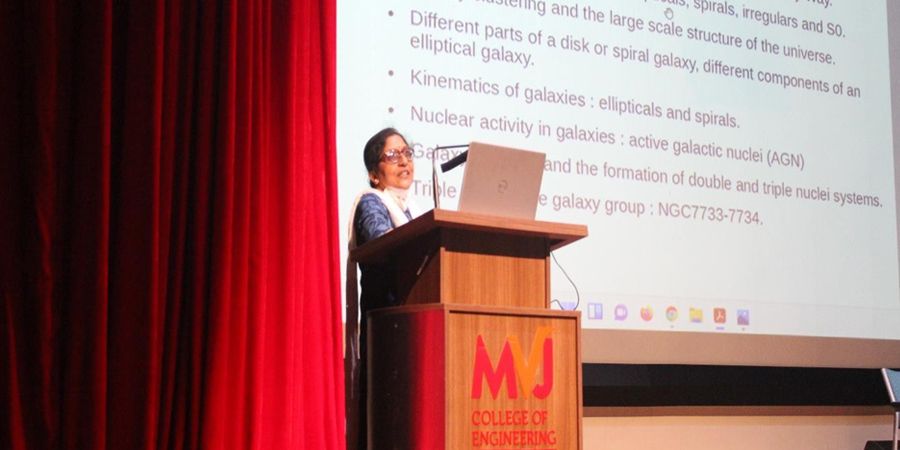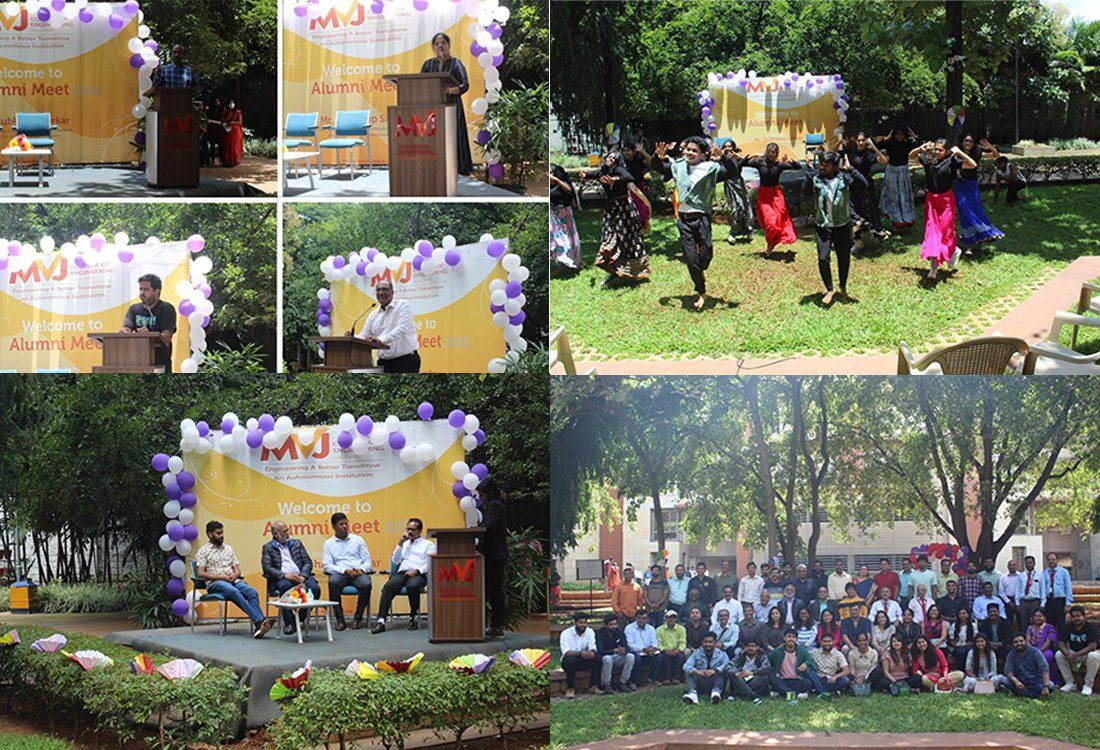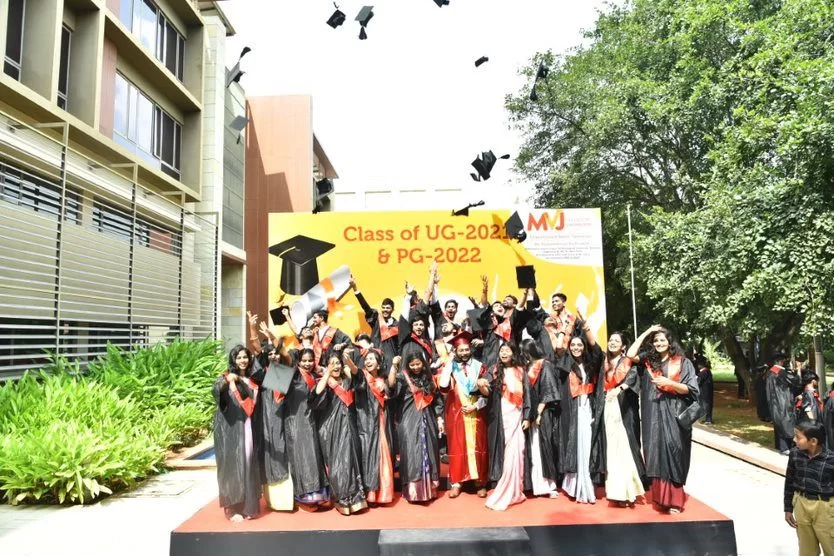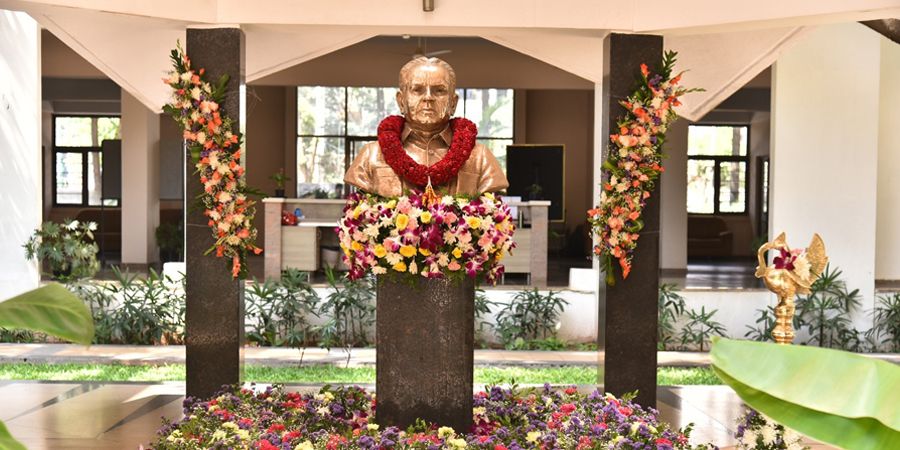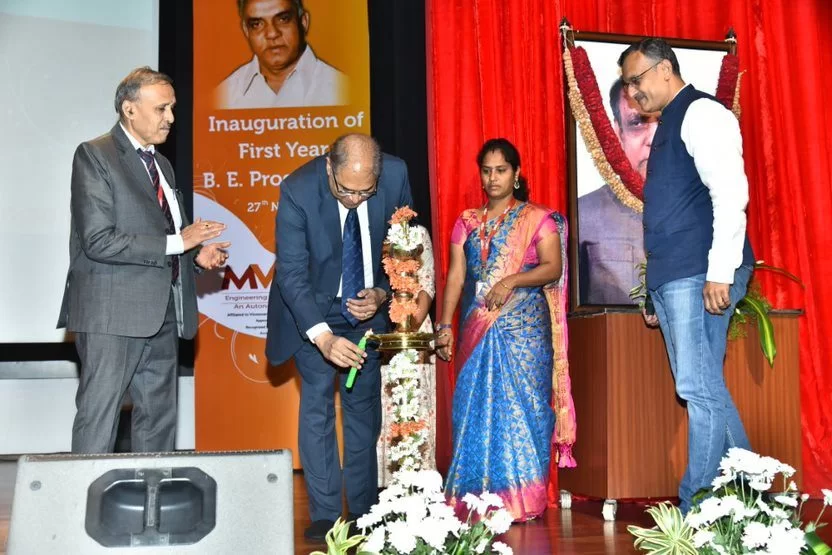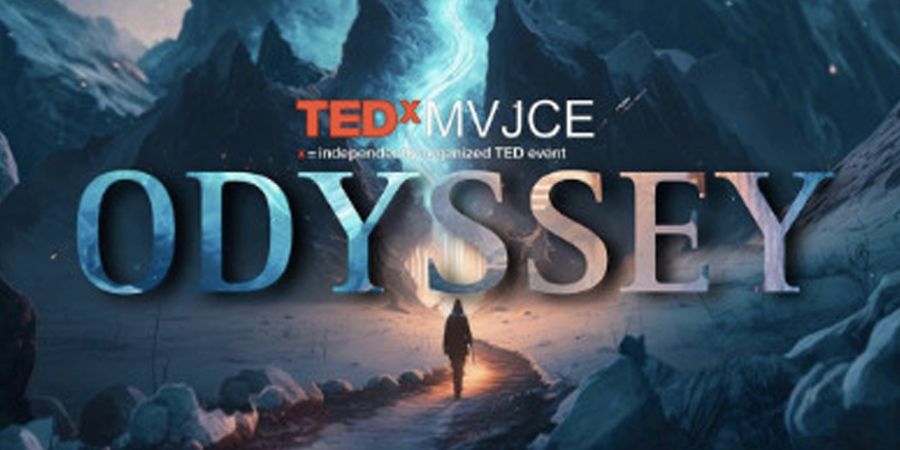Guest Lecture on ‘Galaxies and their Nuclear Reactions’
The Astronomy Club and the Departments of Aeronautical and Aerospace Engineering, MVJCE, organized a Guest Lecture on ‘Galaxies and their Nuclear Reactions’, from 2.30 PM to 4.00 PM, on 01st December 2021.
Participants
300 participants from the Astronomy Club, MVJCE, participated in this Guest Lecture. Prof. S C Gupta (HOD, AE/AS), Prof. John Baruch (HOD in-charge AE/AS) and Mr. Antony Samuel Prabu G (AP - AS, Astronomy Club Faculty Coordinator) organized the event, along with the Student Coordinators Mr. Sathvik Swamy (1MJ19AS039) and Ms. Antoniya Leena Aarthi G (1MJ19AS006).
The Guest Speaker
Dr. Mousumi Das is an astrophysicist working at the Indian Institute of Astrophysics. She has obtained Ph.D. in Physics from the Indian Institute of Science. Her Ph. D thesis was on ‘Formation, Stability and Starburst in Molecular Clouds’. Her areas of interest include Low Surface Brightness Galaxies, Void Galaxies and Barred Galaxies. She has published over 100 peer-reviewed journals, along with a press release.
Lecture on Galaxies and their Nuclear Reactions
Dr. Das Mousumi started by explaining about the Galaxies and their Nuclear Reactions. She pointed out that galaxies are one of the most beautiful components of the night sky and that they are composed of millions to billions of stars. She went on to explain further. At the heart of nearly all galaxies is a very massive black hole which accretes mass and gives out enormous amounts of energy. This mass accretion powers most of the nuclear activity that we detect in galaxies and gives rise to bright nuclear star formation. Galaxies are made up of 106 to 1011 stars and are mainly of 2 types: spirals (or disk galaxies) and ellipticals. Multi-wavelength studies (radio, UV, optical, X-ray) are essential to understand these galaxies. The nuclei of galaxies contain massive black holes of mass range 104 to 109 solar mass. When the Bhs are accreting mass, they give out enormous amounts of energy and are called acting galactic nuclei (AGN). The AGN emission allows us to study their massive nuclear BHs. Galaxy mergers bring the nuclei closer, resulting in the formation of dual or triple nuclei galaxies or AGN. The existence of dual and triple AGN in our low redshift universe allows us to study SMBHs in galaxy mergers. They are often accompanied by intense star formation and outflows/radio jets. We may detect more clustering of AGN, and hence more SMBHs with larger, deeper surveys.
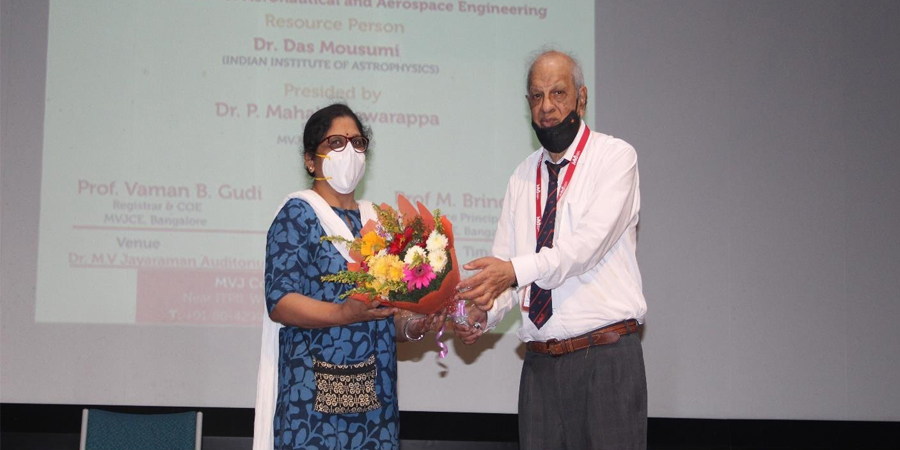 Guest Lecture on ‘Galaxies and their Nuclear Reactions’ organized by Astronomy Club, in association with Depts. of Aeronautical & Aerospace Engineering, MVJCE, on 1st December 2021. Prof S C Gupta HOD AE/AS welcoming the Chief Guest Dr. Das Mousumi with a boquet
Guest Lecture on ‘Galaxies and their Nuclear Reactions’ organized by Astronomy Club, in association with Depts. of Aeronautical & Aerospace Engineering, MVJCE, on 1st December 2021. Prof S C Gupta HOD AE/AS welcoming the Chief Guest Dr. Das Mousumi with a boquet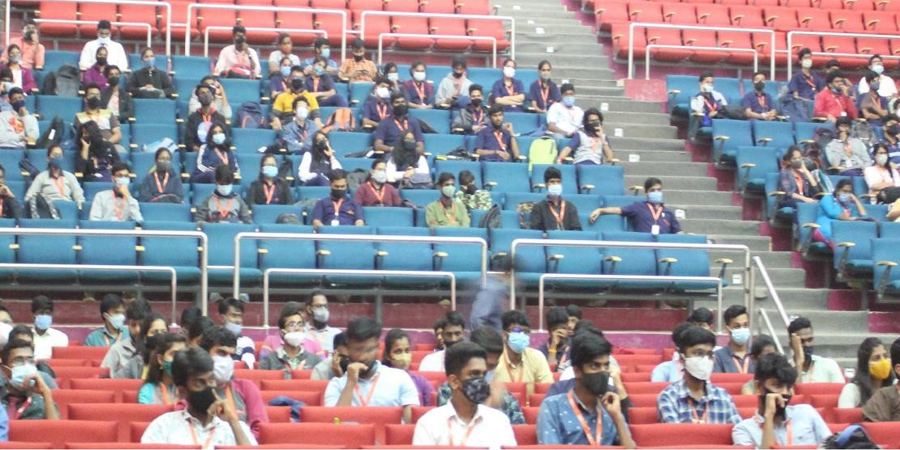 Guest Lecture on ‘Galaxies and their Nuclear Reactions’ organized by Astronomy Club, in association with Depts. of Aeronautical & Aerospace Engineering, MVJCE, on 1st December 2021. Students of Astronomy club listening to Chief Guest Dr. Das Mousumi's lecture
Guest Lecture on ‘Galaxies and their Nuclear Reactions’ organized by Astronomy Club, in association with Depts. of Aeronautical & Aerospace Engineering, MVJCE, on 1st December 2021. Students of Astronomy club listening to Chief Guest Dr. Das Mousumi's lectureOutcome of the Guest Lecture
Dr. Das Mousumi shared her extensive knowledge of the subject with our students. The lecture kindled the interest of students in the field of astronomy, especially the physics of galaxies and their structure, kinematics, energetics, galaxies cluster into pairs, groups, and large clusters in our universe, blackholes etc.
